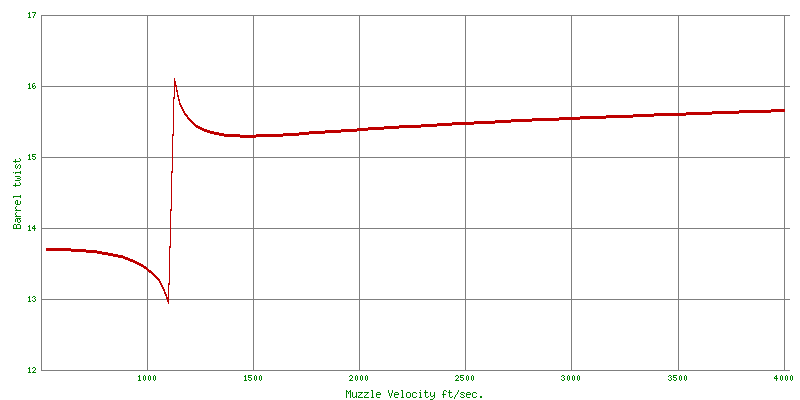Guys,
Have gone to the Barrel Outlet's (GS) twist calculator which suggests .177, .20 , .22 and .25 cal. slugs traveling at 950 fps have a twist rate of NO LESS 1 every 11". This seems a very fast twist rate ... much faster than the OEM RAW HM1000x, which I believe is 1 every 17.7".

The Barrel Outlet's Barrel Twist Calculator Calculator is a tool for determining the Gyroscopic Stability (GS) of your bullet and is based on the Don Miller twist rule. (Learn More). This calculator is used to find the optimal twist rate for your bullet. This is a general information...
 thebarreloutlet.com
thebarreloutlet.com
What am I missing?
Have gone to the Barrel Outlet's (GS) twist calculator which suggests .177, .20 , .22 and .25 cal. slugs traveling at 950 fps have a twist rate of NO LESS 1 every 11". This seems a very fast twist rate ... much faster than the OEM RAW HM1000x, which I believe is 1 every 17.7".

Twist Calculator
The Barrel Outlet's Barrel Twist Calculator Calculator is a tool for determining the Gyroscopic Stability (GS) of your bullet and is based on the Don Miller twist rule. (Learn More). This calculator is used to find the optimal twist rate for your bullet. This is a general information...
What am I missing?
